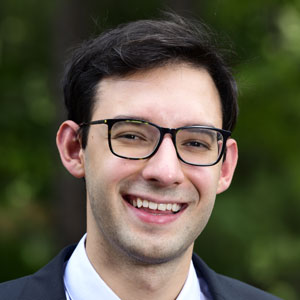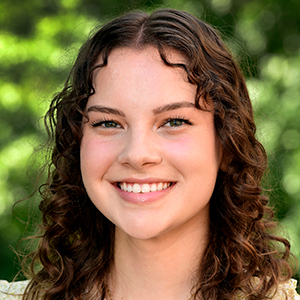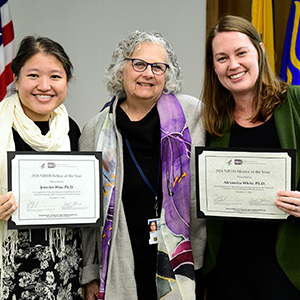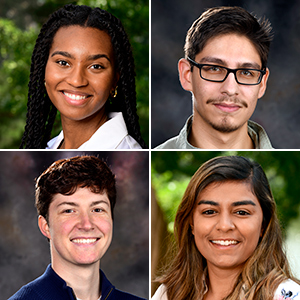NIEHS postdoctoral fellows Monica Pillon, Ph.D., and Yesenia Rodriguez, Ph.D., have been awarded National Institutes of Health (NIH) Pathway to Independence Awards (see sidebar). Rodriguez learned of her award June 23, and Pillon heard in July 2019. The grants, also known as K99/R00 funding, will help them become successful independent researchers.
Uncharted mitochondrial nucleases
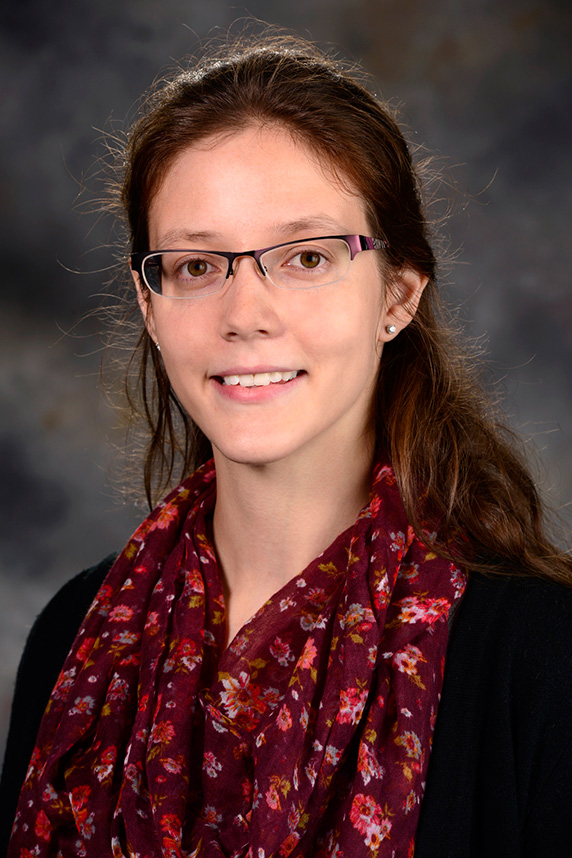 Pillon found mentoring postbaccalaureate fellows at NIEHS truly rewarding, and she is looking forward to further mentoring at Baylor College of Medicine. (Photo courtesy of Steve McCaw)
Pillon found mentoring postbaccalaureate fellows at NIEHS truly rewarding, and she is looking forward to further mentoring at Baylor College of Medicine. (Photo courtesy of Steve McCaw)Pillon, a visiting fellow working with Robin Stanley, Ph.D., in the Signal Transduction Laboratory, is fascinated with nucleases. This class of enzyme is able to break the bonds between nucleic acids — a critical step in diverse DNA and RNA processing pathways.
Her award-winning research proposal aims to uncover the role of a particular nuclease in supporting mitochondrial function and regulating its activity to sense the environment. Mutations in this nuclease have been linked to cancers and neurodevelopmental diseases, so a better understanding of this relationship could lead to novel therapeutics. An estimated 100 kinds of these nucleases are present in cells and their interactions with mitochondria are just beginning to be investigated.
Collaborate and start early
People were a key component of Pillon’s success. “[Writing the K99] was an awesome learning experience” she said. “I couldn’t have done it on my own!” Pillon credited conversations with people at NIEHS and those in her broader network with helping her develop her ideas.
Pillon’s primary advice is to start early. Her initial approach met with challenges, so having time to work out a feasible approach was essential. Pillon looks forward to building her own lab at Baylor College of Medicine as an assistant professor this fall and training the next generation of scientists.
“Monica’s two biggest strengths are her perseverance in the lab and her remarkable ability to effectively communicate her science,” said Stanley. Pillon is exceptional at communicating not only the science, but also her excitement about her work, as demonstrated by more than 10 awards for poster and talk presentations.
Bringing the chromatin into DNA damage repair
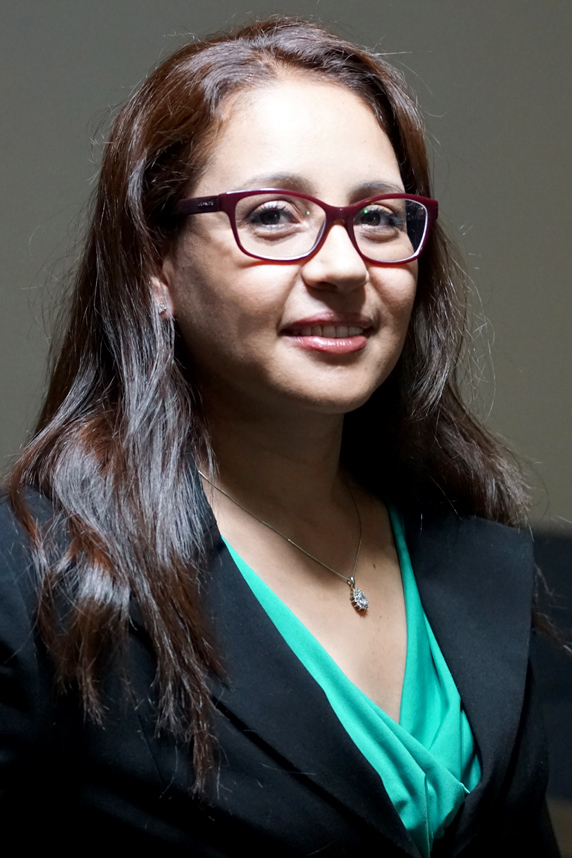 Rodriguez said that seeing how Wilson approached scientific writing helped her improve her own writing and to discover she really enjoys it. (Photo courtesy of Anthony Wang)
Rodriguez said that seeing how Wilson approached scientific writing helped her improve her own writing and to discover she really enjoys it. (Photo courtesy of Anthony Wang)Rodriguez’s interest in incorporating structural biology into understanding DNA damage repair brought her to NIEHS to work with Sam Wilson, M.D., in the Genomic Integrity and Structural Biology Laboratory.
Her research question aims to understand how DNA packaging into chromatin affects DNA repair. Many cancer therapies destroy cancer cells by damaging their DNA, so knowing the mechanisms of repair may lead to more effective treatments and protect noncancerous cells.
“Yesenia is one of the leading experimentalists worldwide in the field of understanding the molecular mechanisms controlling chromatin protection,” said Wilson. He added that through her research, Rodriguez has expanded the work of his group.
Big picture and Plan B
Figuring out just one piece of the puzzle of DNA damage repair — her research — complements other research being done, Rodriguez explained. Having a big picture perspective on her project enabled Rodriguez to adapt when her initial idea proved unsuccessful. It also helped her to be a more efficient writer.
“Seeing the big picture during the study design is what made the writing so easy,” said Rodriguez. She emphasized the value of a thoughtfully planned research strategy that can accommodate changes in research focus. “Always have a plan B,” Rodriguez advised.
Rodriguez hopes to be able to continue her research in this exciting field as a tenure-track researcher. She is also interested in science administration, where she can make a difference by directing the trajectory of biomedical research on a broader scale.
(Mimi Huang, Ph.D., is an Intramural Research and Training Award fellow in the Systems Toxicology Group of the NIEHS Division of the National Toxicology Program.)





